BY JENNIFER SUMMERLIN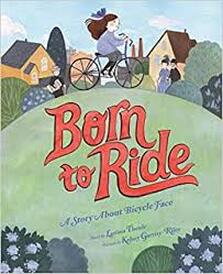 The Notable Children’s Books in the Language Arts Committee (NCBLA) read and reflected on over 400 of the newest books (published in 2019) for readers in grades K-8. Committee members considered the following qualities for choosing the final 30 titles to make the NCBLA Notables 2020 list:
I will start by providing a brief summary, followed by corresponding primary source images and instructional strategies for maximizing text and supporting visual literacy. Coupling quality historical fiction texts with visual primary sources like infographics, charts, graphs, photographs, illustrations, or political cartoons affords opportunities to critically explore and unpack images, while building background knowledge and making connections to the text (Lent, 2016; Harris, 2010). Summary This beautiful picture book features one strong-willed young girl, Louisa Belinda Bellflower, determined to learn to ride a bicycle. This story, set in Rochester, New York in 1896, tells of a brother and sister (Louisa and Joe) who, like other siblings, play and disagree. Although typical siblings, the difference is the topics of their disagreements, which tend to focus on the things boys can do that girls cannot. Louisa is discouraged from wearing anything other than a dress, limiting her ability to do cartwheels or learning to ride a bicycle (also off limits for girls). Louisa is determined to ride a bike, even if it means contracting “bicycle face,” a permanent result of scrunching your face and bulging your eyes while trying to balance the bike. Louisa Belinda Bellflower will not be stopped as she works to prove to her brother and boys everywhere that girls can and should ride a bicycle. Primary Visual Source The Library of Congress website features a variety of visual primary sources depicting women as a collective part of the late 19th century bicycle frenzy. The bicycle, commonly referred to as the wheel, was an instrumental vehicle of progress for the women’s movement and their fight for voting rights. Globally, women began riding bicycles, finding new freedom in their mobility. With this increased transportation came a greater public presence of women, allowing increased likelihood of their voices to be heard. Two primary visual sources are: The “new” woman and her bicycle by Frederick Burr Opper and Woman in a room with a bicycle saying to a man and child, “Sew on your own buttons, I’m going for a ride” photographer unknown. Primary Visual Source: The “new” woman and her bicycle
Primary Visual Source: Woman in a room with a bicycle saying to a man and child, “Sew on your own buttons, I’m going for a ride”Website: https://www.loc.gov/pictures/resource/cph.3a50886/ Title: Woman in a room with a bicycle saying to a man and child, “Sew on your own buttons, I’m going for a ride.” By: Unknown Date Created/Published: 1899, Stereo Copyrighted B. L. Singley Summary: This printed photograph was doubled and placed on cardboard to create a stereo card for a stereograph machine. A stereograph machine was used to make pictures look three dimensional, similar to an old-fashioned view-master. To learn more about the stereograph, view the video at the What is a Stereograph? webpage of Middlebury College's Museum of Art. The image on the photograph is of a woman standing in her home with her bicycle beside her. Looking closely, you see she is gesturing for a little boy to take a piece of fabric or clothing from her. Art critics suggest the picture seems staged because the bicycle being held by the woman is very large and does not have the lower crossbar that is typical of a woman’s bicycle. Notice that the woman’s attire in the picture does not support riding a bicycle. However, as more women began using bicycles for transportation, changes in clothing, such as bloomers, allowed them to ride comfortably. Prior to these changes in clothing styles, women were pictured seated sideways to accommodate their long dresses. Questions for Analysis:
Text Connection: Revisit Born to Ride: A Story About Bicycle Face with students. Before rereading, ask the students to pay close attention to what the women are doing throughout the book. After reading, discuss all of the things the women are doing from the beginning to the end of the text. Begin a conversation about why there might be concern and discouragement from others (men and women) when it comes to women riding bicycles. Ask the students what connections they can make between the photograph and the text. To wrap up the conversation, ask students about potential origins of the “Bicycle Face” affliction. Share the author’s note, “About Bicycle Face” and “From Bicycles to Votes.” To conclude the session, have students work in pairs to complete T-Charts, transcribing their learnings with specific, supporting evidences. References(ca. 1899) Woman in a room with a bicycle saying to a man and child, "Sew on your own buttons, I'm going for a ride"., ca. 1899. [Photograph] Retrieved from the Library of Congress, https://www.loc.gov/item/2006683468/. Harris, B.R. (2010). Blurring borders, visualizing connections: Aligning information and visual literacy learning outcomes. Reference Services Review, 38(4), 523-535. doi: 10.1108/00907321011090700 Lent, R. C. (2016). This is disciplinary literacy: Reading, writing, thinking and doing…Content Area by Content Area. Thousand Oaks, CA: Corwin SAGE Publications. Opper, F. B. (1895) The "new woman" and her bicycle - there will be several varieties of her / F. Opper. , 1895. N.Y.: Published by Keppler & Schwarzmann. [Photograph] Retrieved from the Library of Congress, https://www.loc.gov/item/2012648801/. Theule, L. (2019). Born to ride: A story about bicycle face. New York, NY: Abrams Books for Young Readers. Jennifer Summerlin is an Assistant Professor of Reading at the University of Alabama at Birmingham. Her research examines construction of knowledge among preservice teacher candidates, supporting literacy best practices within the P-12 classroom, and reading intervention. Jennifer is a member of the 2019 Notables Committee. She can be reached at [email protected]. Comments are closed.
|
Authors:
|
CLA
About CLA
|
Journal of Children's Literature
Write for JCL
|
ResourcesCLA-sponsored NCTE Position Statements
|
Members-Only Content
CLA Video Library
|
© COPYRIGHT 2018.
ALL RIGHTS RESERVED |

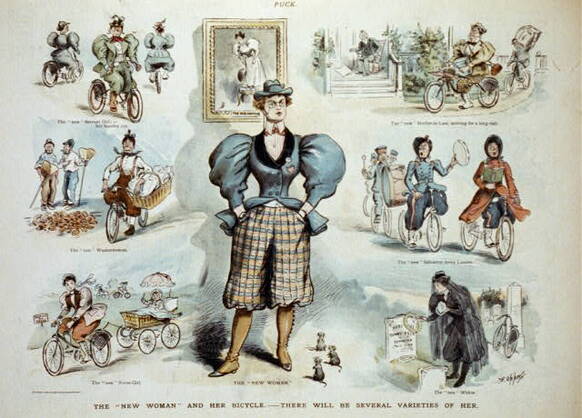
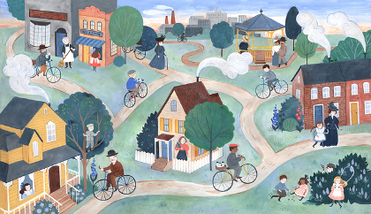
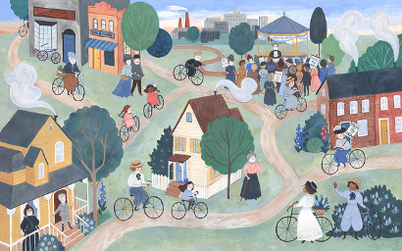
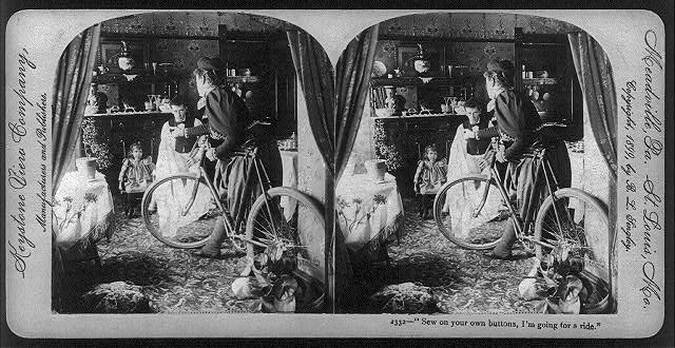
 RSS Feed
RSS Feed